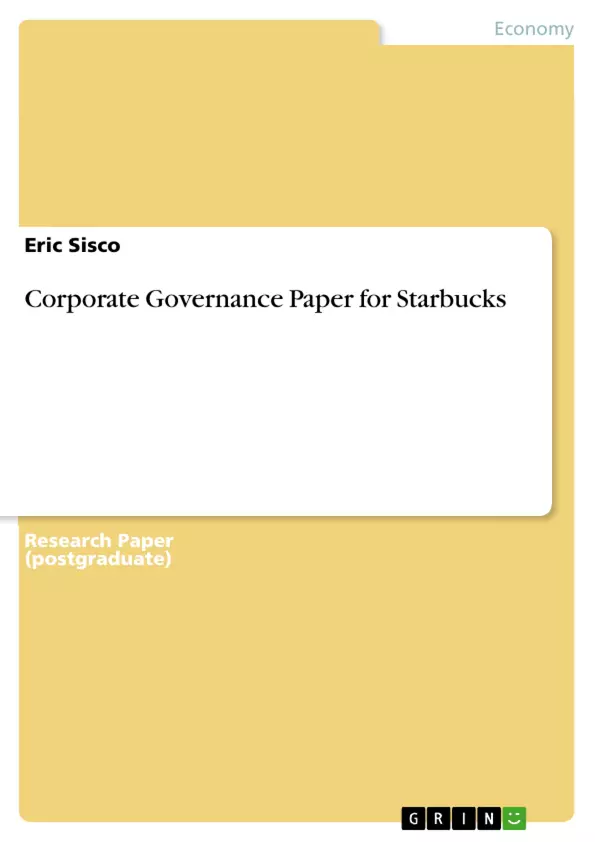What is the executive summary of the Starbucks company analysis?
Starbucks has addressed public relation issues effectively, improving their public image. They countered fair trade issues by sourcing coffee from free trade dealers and supporting farmers. Starbucks focuses on sustainability through recycled materials and acquisitions to expand beyond coffee. They strive to be a leader in the coffee industry through sustainable policies and operations.



